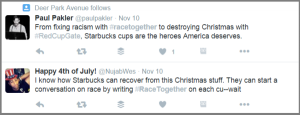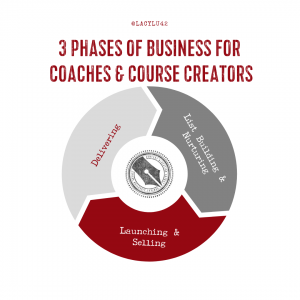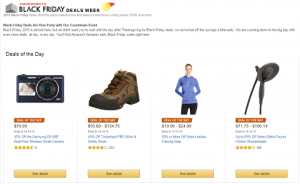— May 28, 2018
You’d think it’s a no-brainer for small businesses to go all out with their marketing on digital channels, in order to level the playing field somewhat with their bigger competitors. Surprise, surprise. A study by Clutch found that only 71% of small businesses actually used social media, and just over half of those made an attempt to post to their networks daily. What’s even more shocking is that nearly half of all small businesses don’t even have a website!
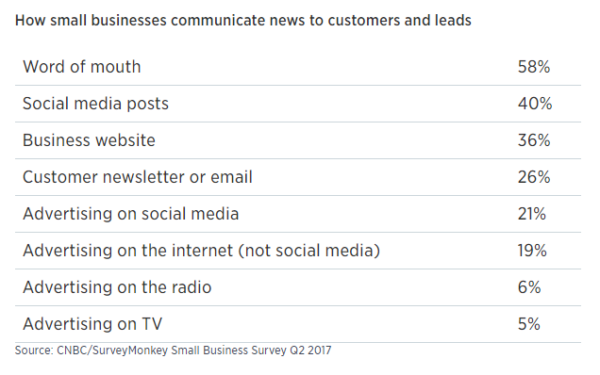
Unfortunately, these studies reveal small business owners are under the impression that only big brands with spending power can produce highly successful digital marketing campaigns. They are dead wrong. The truth is that small businesses can also have the same success as the big league players if they get their marketing act together. You don’t need a big budget or extensive resources to create a thriving online identity.
In fact, if you’re a small business or startup, you can learn a few marketing tricks from the big brands, and adapt them to your strategy. Of course, large organizations have the scale. However, you can combine their social and content tactics to create a unique formula that suits your needs and targets your audience better. Here are some such lessons.
Speak Your Audience’s Language
Apple is easily the most popular tech brand in the world, with millions of loyal (Level: Kidney Seller) fans scattered around the globe. One of the reasons why they enjoy so much success is the way they communicate with their target audience. They talk to their customers like just the regular cellphone users or average laptop users that they really are.
Apple knows the importance of speaking to their potential customers in their language. They have a voice that tells the people what a particular product means to them and how it will enrich their lives. So, when it comes to selling complex products, their catchwords are amazingly simple:
- iPad – Like a computer. Unlike any computer.
- MacBook Pro – A touch of genius.
- HomePod – The new sound of home.
- AirPods – Wireless. Effortless. Magical.
- Music – 45 million songs. Three months on us.
You get the idea. The common populace doesn’t use phrases such as “super retina screen” or “fusion chip” or “force touch trackpad.” So, when you are browsing their products online or happen to hang out in their store, your first reaction is “Apple understands what I want. They get me.”
However, at their core, products like the MacBook, iPad and iPhone are techy gadgets after all. Users are bound to face problems like their devices becoming unresponsive or wonder how to install or use an app. Therefore, there also needs to be someone who’s fluent in geekspeak.
That job is left to the whole ecosystem built around the Apple iOS and devices. For example, a tech blog will spell out the step by step process to take a screenshot on the iPhone. Apple won’t tell you how to do it, but someone else (iGeeksBlog in this case) speaks your language and gives you the techy lowdown on it.
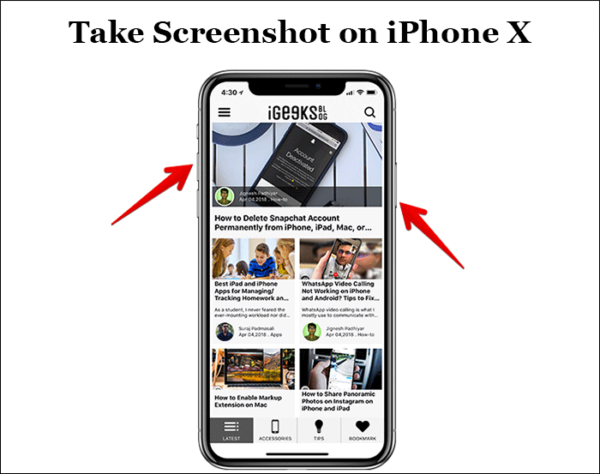
This is content that connects to users of various types, including power users and laypeople. That’s what you as a small business can do. Even if you’re dependent on a larger brand or are piggybacking on their product, your content becomes extra attractive if it is pitched to an audience niche that the larger brand isn’t targeting.
Connect with the Right Influencers
If, for some reason, you’re unable to speak your audience’s language (hello, new markets!) influencer marketing will do just that for you. This is a strategy that even huge brands leverage to get more value for less money.
Probably, that’s why Starbucks decided to use influencer marketing to promote their Frappuccino Summer of Fun campaign. They roped in social media influencers, especially from Instagram, to reach out to the new customers and encourage first-time purchases. The campaign was a huge success and has been re-launched every summer since then. It was also shortlisted for the Shorty Awards.
Another brand that has successfully tapped into influencer marketing is Airbnb, which at various times, partnered with celebrities as well as a diverse community of travel bloggers to endorse their service online. The brand saw its publicity skyrocket owing to posts from celebrities like Mariah Carey, Kim Kardashian, and Lady Gaga.

Both these brands show how powerful influencer marketing is. Of course, you don’t need to hire celebrities to promote your product. According to a comprehensive study by Collective Bias, non-celebrity influencers are 10x more likely to drive in-store sales than celebrities. So, what you need to do as a small business is to identify micro-influencers in your area or operation who don’t necessarily have a huge following, but have better influence. Approaching these people and cultivating a relationship with them could be far easier than coddling the big guns.
Turn User-Generated Content into a Marketing Flywheel
Online marketing requires fresh, unique and authentic content regularly. Without it, you can kiss goodbye to customer engagement. Unfortunately, coming up with new content ideas every day is easier said than done. No wonder then, that the biggest B2C brands amass, use and re-use content created by actual customers. User-generated content (UGC) is nothing but marketing material voluntarily created for you by your customers, who in turn become even more loyal just as a consequence of being given the opportunity to do so.
Adobe is a great example. The software giant created the hashtag #Adobe_Perspective, allowing artists (Adobe Suite users) to share their content on Instagram. This gives Adobe a dual advantage: it cements a deep emotional – and monetary – bond with their users, while also showcasing its product’s outcomes. Customers want to share this content, as they get a free, massive platform to display their talents.
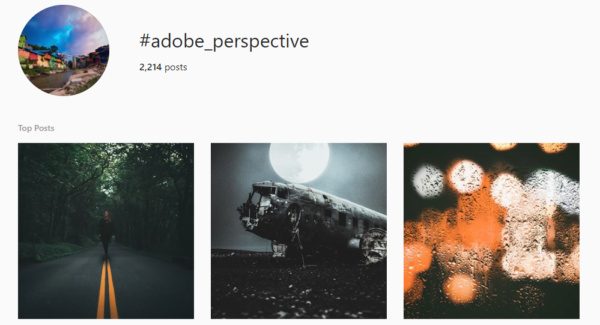
The lesson here is plain: You don’t need a huge budget to create a UGC campaign. The fastest way to take advantage of UGC is to give your customers maximum limelight. Crown Resorts’ UGC campaign takes this approach. They make the effort to find the best photos their customers post on Instagram, contact them to compliment them and ask for permission, and spend actual money on promoting customers’ content! Their Facebook ads (entirely consisting of UGC) achieved 25% more likes (more positive sentiment) and 21% lower CPMs (less budget burned) compared to their usual ones.
You can combine a UGC campaign with a contest, offering the winner a gift, exclusive membership, or a discount. You can also use the best UGC in your next advertising campaign or turn it into an official brand message on your website. Collective imagination is the limit here – the sky just went up a few notches!
Over to You
I can say this a hundred times over: While small businesses don’t have the big budgets of established brands, there is a ton of data and knowledge out there as a result of the money these brands have already spent honing their marketing strategy. You can mold your marketing to suit your business, its size, its markets and its principles at any time. Hopefully, these tips will help kickstart your thinking process and help your brand stand out from the crowd soon!
Business & Finance Articles on Business 2 Community
(65)

